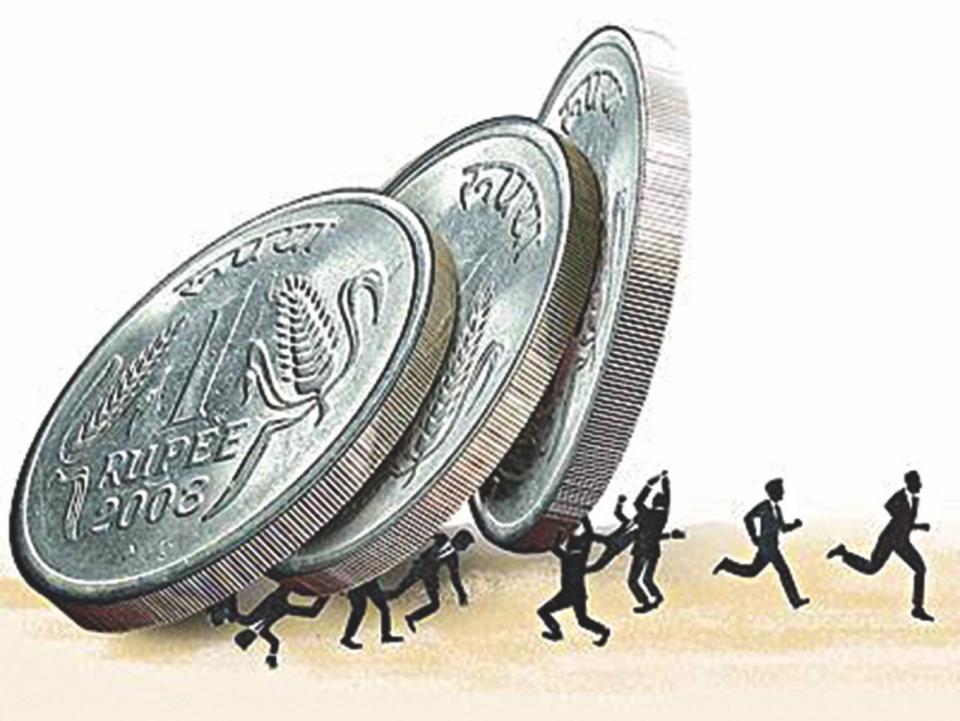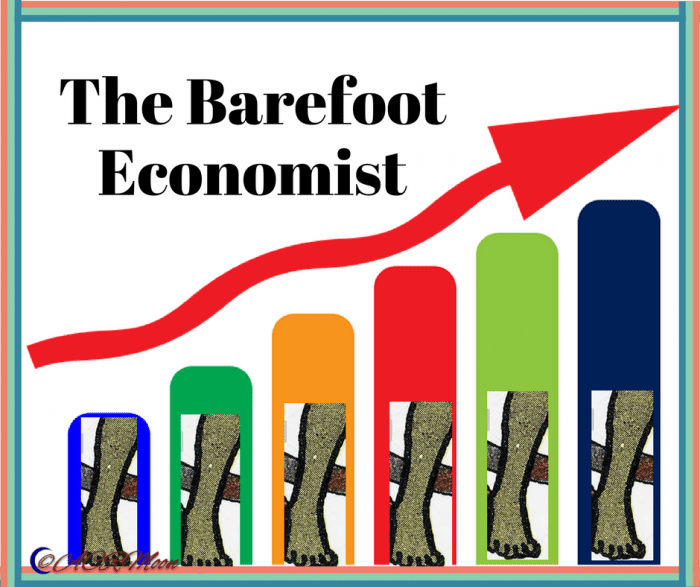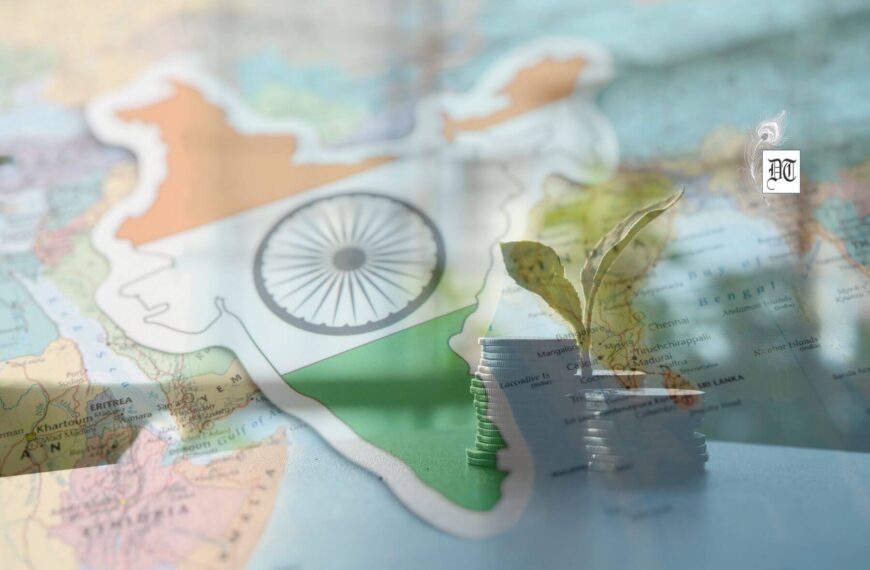Tarun offers a few out of the box ideas to kick-start the Indian economy, in the weekly column, exclusively for Different Truths.
The economy is going well, right? After all, the government taxes and tax base have both increased by a factor of many times. This surely would mean that people are making good bucks, at a time when the world, including China, is slowing down. All kudos to the finance minister. Or is it really so? Higher taxes translate into a higher GDP, or is there anything else? Economics seldom provides straight answers. Let’s see the catch here.
 Normally, a higher tax should mean a higher GDP. Higher GDP would imply a higher purchase and sale of goods and services. And higher activity would enable the government to collect more taxes. But, there is another thing which can result in higher taxes. And that is, tinkering with the taxes themselves. If a government raises tax rates, it can collect more taxes. If, as in India’s case, it reduces or does away exemptions, it can again raise taxes. If it increases the tax base, it can again raise taxes. So we see that higher tax doesn’t automatically mean higher GDP.
Normally, a higher tax should mean a higher GDP. Higher GDP would imply a higher purchase and sale of goods and services. And higher activity would enable the government to collect more taxes. But, there is another thing which can result in higher taxes. And that is, tinkering with the taxes themselves. If a government raises tax rates, it can collect more taxes. If, as in India’s case, it reduces or does away exemptions, it can again raise taxes. If it increases the tax base, it can again raise taxes. So we see that higher tax doesn’t automatically mean higher GDP.
Is the GDP growth suffering? It seems so, by many indicators. I won’t go into those indicators. Only, that a nation which is adding 1.2 million new workforces every month, needs to grow continuously. It cannot afford to be lax about growth. And that growth would come by putting systems in place for the same.
Since the advent of social media, a common man can also participate informally in the crowdsourced ideas for policy formulation. So here’s my contribution.
Industry
The industry can broadly be classified into corporates and MSME. While big corporates require huge outlays in terms of capital and technology to set up, the MSME sector can be the focus area, as it is relatively easier to start. The government can set targets, competitions or tax breaks for various priority areas like Swachch Bharat Abhiyan (read waste management, especially in urban areas), for crop insurance in rural areas, for water management in both urban and rural areas, for mobile health systems in remote areas. These are areas which do not have any kind of industry setups at present, and government can do that in these massively important areas.
Services
Services is fast becoming a large area of employment. Although it is growing fast already, new areas that  can help generate entire chains of employment are tourism (lots of people are beginning to go overseas because of large infrastructure there, the government can create lots of eco-tourism zones apart from wildlife sanctuaries), and sports. Local district level sports competition can be held, which will help nurture local talent, while at the same time giving the fillip to local markets. For example, every district to be asked to hold three-day wrestling competitions. The government can give token incentives to the winner. But the three-day extravaganza would be good for local markets and traders.
can help generate entire chains of employment are tourism (lots of people are beginning to go overseas because of large infrastructure there, the government can create lots of eco-tourism zones apart from wildlife sanctuaries), and sports. Local district level sports competition can be held, which will help nurture local talent, while at the same time giving the fillip to local markets. For example, every district to be asked to hold three-day wrestling competitions. The government can give token incentives to the winner. But the three-day extravaganza would be good for local markets and traders.
Agriculture
Agriculture is the largest employer in India. The Indian farmer is hard working-that goes without saying. He also takes in the most risk. The risk of weather, of price fluctuation of the crops, of the uncertainty of supply chain of the crops, are some of the major risks. These challenges simultaneously are areas to address and add value to the economy. The preservation of groundwater, investment in irrigation systems, education of farmers with regard to crop sowing, and supply chain management could be major areas of thrust by the government, which could translate in massive GDP growth and welfare of the farmers.
Start-ups
The Indian government is focussing a lot on the start-up ecosystem. But by its very nature, this system  has a lot of risk and failure built in. The government can ask separate guidelines to be developed by IIMs to manage the failure rates of start-ups.
has a lot of risk and failure built in. The government can ask separate guidelines to be developed by IIMs to manage the failure rates of start-ups.
These ideas are nothing, but simple “should be” things, which many of us talk in everyday language. There are many such ideas that are floating around. All the government has to do, is to put its arms in the air, catch the ideas young, and translate them into workable solutions. Indian GDP is sure to shrug off slowdown blues.
©Tarun Gupta
Photos from the Internet
#GDP #Economy #StartUps #Agriculture #Industry #IndianEconomy #IndianGovernment #BarefootEconomist #DifferentTruths






 By
By

 By
By
 By
By